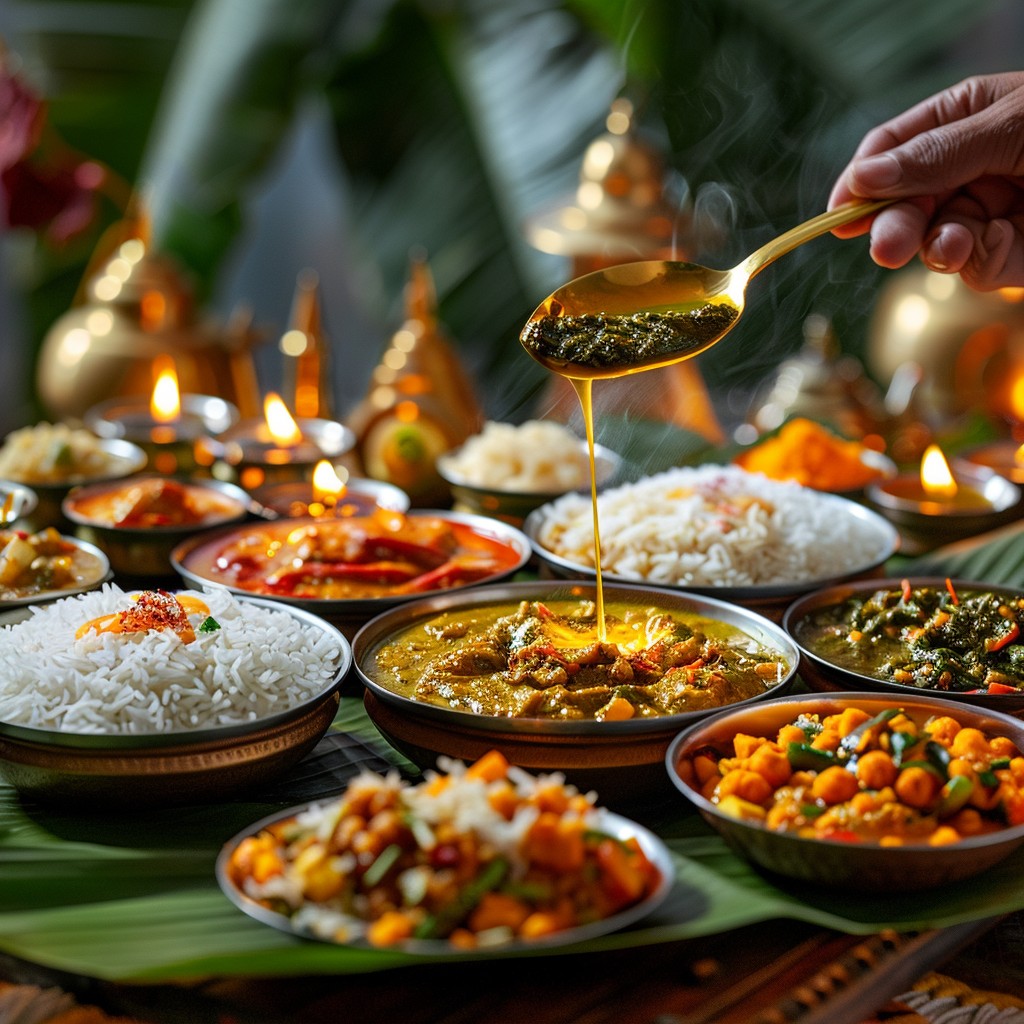As important as how food looks, is how you describe your menu items. These descriptions can convert browsers into new customers or get them to try your exclusive dishes. Select words that bring out the taste, texture and method of preparation to make your descriptions enticing.

Words to Describe Taste
It is all about flavor. Good wording in a menu can create interest and even move someone to try something different for once. Here are some words that may be used to describe different tastes of food:
Acidic – a sharp taste often attributed with sour or tart foods.
Bitter- sharp and sometimes unpleasant.
Bittersweet- a blend of tangy and sweet.
Briny – refering to salty, such as pickles.
Citrusy – fresh flavors similar to citrus fruits.
Cooling -associated with coldness, e.g., minty
Earthy-like fresh dirt found in red wines, root vegetables, mushrooms
Fiery – hot or spicy heat
Fresh – light, crisp; for herbs and vegetables
Fruity: Sweet like fruit juices
Full-bodied: Intense and rich in taste; overpowering at times
Herbal: Fresh or earthy; using herbs
Honeyed :sweet as honey taste itself
Nutty- like nuts usually cheese tasting
Rich: Strongly flavoured dishes containing creamy ingredients usually have this characteristic
Robuncle-rich but having an earthiness that makes it suitable for wine and aged liquors.
Savory-Also called ‘umami’ associated with meat-based hearty meals.
Sharp-Acidic foods usually possess this quality hence intense flavor characteristics.
Smoky :the smell of smoke is reeked by this one word alone!
Sour-Tangy and tart flavors characterize most sour foods.
Spicy-Hot yet invigoratingly piquant if not flaming!!
Sweet-Sugary/ Syrupy
Tangy:Bitting or Zesty
Tart- sharper though
Yeasty :earthy aroma of beer and bread.
Woody- Nutty and earthy; used to describe some coffees and cheeses.
Zesty – refreshing words.
Words to Describe Texture
The way food feels in the mouth is determined by textures. Words describing texture help customers imagine how the food tastes when eaten.
Airy- fluffy, soft, light Buttery-creamy, smooth Chewy-Elastic, requiring some effort to chew. Creamy: Rich &smooth often contains dairy products. Crispy-Light crunch. Crumbly-Breaks easily into particles Crunchy-Stiff that it gives a sound when bitten. Crusty-Hard exterior but soft within Delicate-Finely delicate Doughy-Thick moist consistency like doughnuts Fizzy-Includes tiny bubbles inside
Flaky-Having layers like a puff pastry. Fluffy-Very light as air. Gooey-soft and sticky. Hearty-Solid and filling. Juicy-Moist, tender with juice running out when you bite it hard enough. Silky-Luxurious fine textured Sticky-Clinging together due to stickiness
Smooth-Homogenous texture all over.
Succulent-Juicy/tender well-cooked meat or chicken.
Tender-Small bites or easy on your teeth.
Velvety-Smoothness itself as anything made from velvet would be!
Words to Describe Food Preparation Method
Describing how the food was cooked is a great way of giving more insight into its flavor and texture.
Baked – done in an oven.
Blanched – boiled quickly then cooled off immediately after cooking.
Blackened – highly spiced then seared quickly in a hot pan.
Braised-fried slightly before stewed through simmering process.
Breaded – covered in bread crumbs or batter and cooked like that.
Broiled – grilled in high heat
Caramelized – slow-cooked until brown and sweet
Charred- roasted or grilled to provide a smoky flavor
Fermented-aged using microorganisms
Fried – cooked by immersion in oil.
Glazed -coated with syrupy sweet or savory layer
Infused- soaked to extract flavors
Marinated–soaked in a mixture of flavors.
Poached-cooking gently simmering liquid.
Roasted: Cooked by heat to enhance taste.
Sauteed: Cooked rapidly in little fat.
Seared: Browned quickly under high temperature.
Smoked: Given flavor using smoke during cookery.
Whipped: Beaten to introduce air into it
Positive Food Adjectives
Choosing positive words can make a menu more appealing. The implications of every word also need to be considered.
Let’s substitute unappetizing words for these:
Dry vs crispy
Greasy vs velvety
Sugary vs honeyed
Burned vs blackened
Tough vs hearty
Mushy vs tender
The right descriptors will not only attract more clients but also improve their dining experiences. Therefore, next time you update your menu or launch a new dish, think about descriptions as an invaluable trick to entice customers and boost sales.